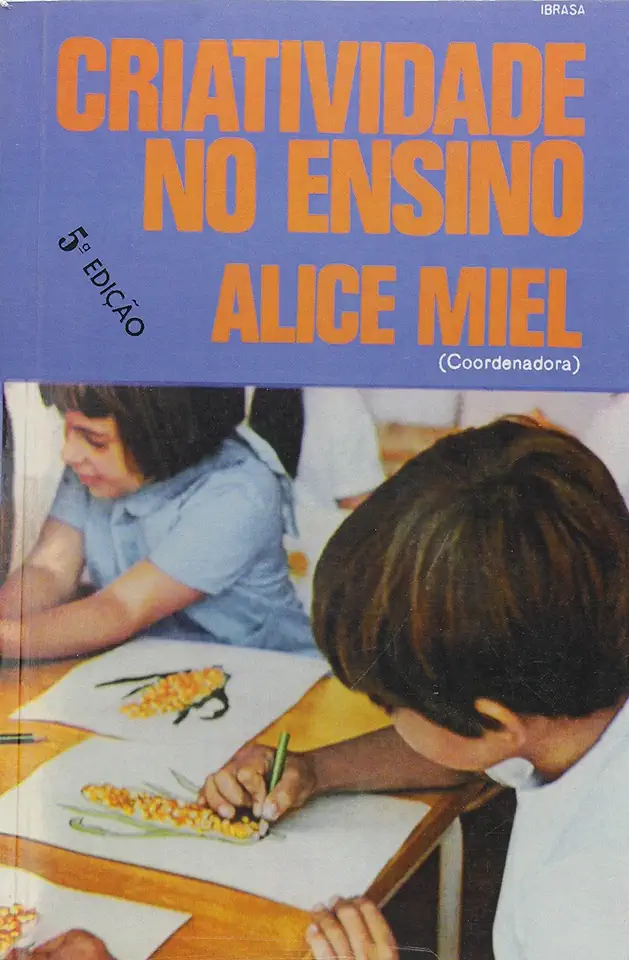
Creativity in Teaching - Alice Miel
Creativity in Teaching: Unleashing the Power of Imagination in Education
Introduction
In the ever-evolving landscape of education, creativity stands as a beacon of innovation and progress. Alice Miel's seminal work, "Creativity in Teaching," delves into the profound impact of creativity in the teaching process, offering a compelling case for its transformative power. This comprehensive guide explores the multifaceted nature of creativity, providing educators with practical strategies to foster a dynamic and engaging learning environment that nurtures the innate creativity of students.
The Essence of Creativity
Creativity is not merely a fleeting spark of inspiration; it is a mindset, a way of thinking that transcends conventional boundaries. Miel emphasizes that creativity is not limited to the arts but permeates all disciplines, enriching the learning experience and empowering students to become active participants in their educational journey.
Fostering a Creative Classroom
Creating a conducive environment for creativity is paramount. Miel offers a wealth of practical tips to help educators cultivate a classroom atmosphere that encourages exploration, experimentation, and risk-taking. From flexible seating arrangements to open-ended assignments, these strategies empower students to embrace their creativity and develop their unique talents.
The Role of the Creative Teacher
Miel underscores the pivotal role of the teacher in fostering creativity. Creative teachers are not mere dispensers of knowledge; they are facilitators, mentors, and guides who inspire students to think critically, question assumptions, and embrace new ideas. By embodying creativity themselves, teachers set the stage for a dynamic and engaging learning experience.
Creativity Across the Curriculum
Creativity is not confined to a single subject; it can be integrated seamlessly across the entire curriculum. Miel provides concrete examples of how creativity can enhance learning in various disciplines, from math and science to language arts and social studies. By incorporating creative elements into their teaching, educators can ignite students' passion for learning and help them develop a well-rounded understanding of the world.
Assessment and Evaluation
Miel addresses the challenge of assessing creativity, recognizing that traditional methods may fall short in capturing the multifaceted nature of creative thinking. She proposes alternative assessment strategies that value the process of creativity as much as the final product, encouraging educators to embrace a holistic approach to evaluating students' creative endeavors.
Conclusion
"Creativity in Teaching" is a must-read for educators seeking to transform their classrooms into vibrant hubs of creativity and innovation. Alice Miel's insightful exploration of creativity's role in education provides a wealth of practical strategies and thought-provoking insights that will inspire educators to unleash the boundless potential of their students. By embracing creativity, we can empower the next generation of thinkers, innovators, and leaders who will shape a brighter future for all.